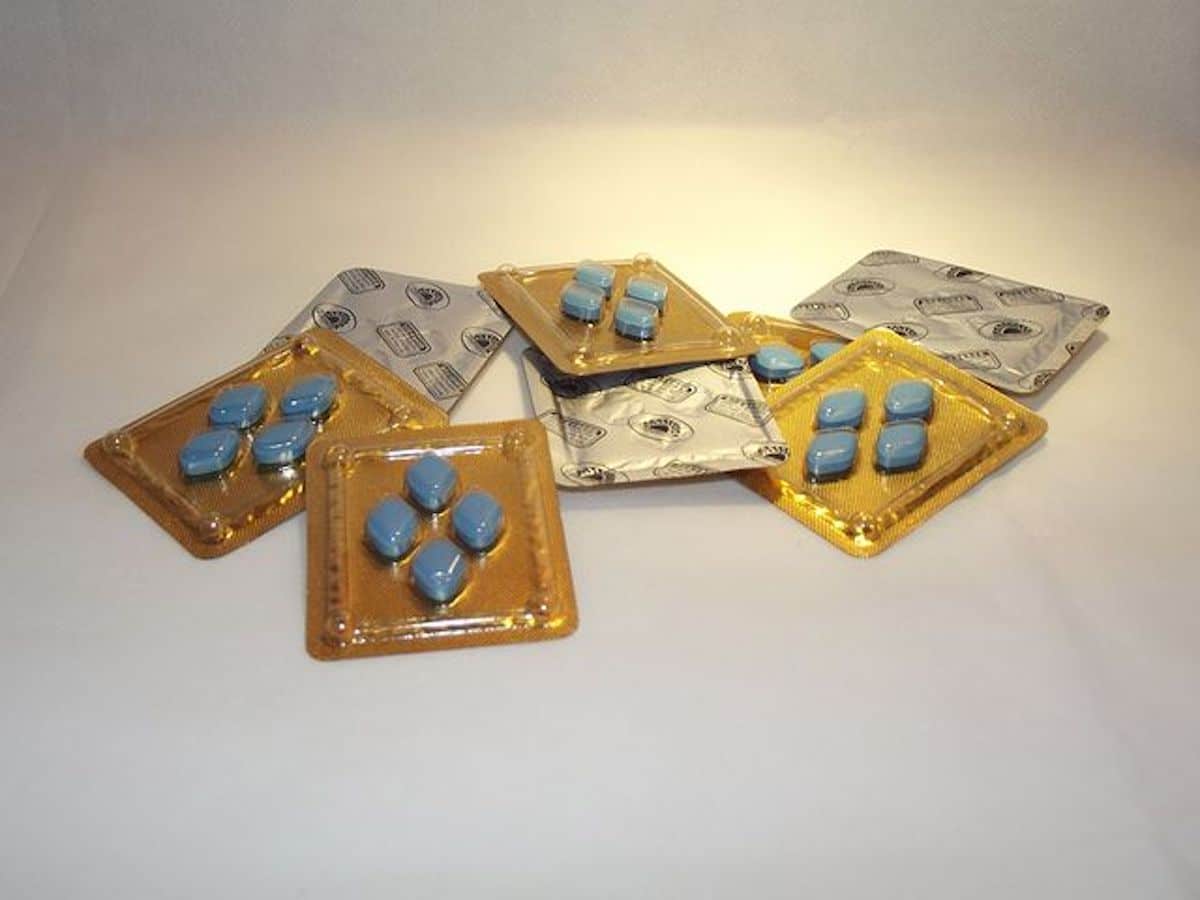Table of Contents
Erectile dysfunction (ED) is the inability to achieve and maintain an erection sufficient for satisfactory intercourse. Although it is more common in older men, younger men can also experience erectile problems.
The good news is there are several different drugs available that can help treat ED. They range from medications you ingest to topical ointments, and each has its benefits and drawbacks.
How to Find ED Medication That’s Right for You
There are enough options available that it comes down to a patient-physician discussion. Men must discuss their medical history with their doctor and find out which treatment option will work best based on their specific condition, how severe their ED is, and any other medical conditions they may have. Hims is an example of ED medication that will focus on the patient’s health; hence medical history will be essential.
If you think that erectile dysfunction is a problem for you or preventing you from enjoying intimate relations, talk to your doctor about the options available to you. Below, we look at some of the most common drug treatments for ED and how they work:
1. Injections
Injectable medications are administered directly to the p and require a minor office procedure. The cost of this option varies depending on the doctor and location, but prices start around $500 per injection. This treatment option is typically used for men with ED caused by damage to penile blood vessels due to heart disease, diabetes, or high blood pressure. Doctors will often avoid injections as they have a higher chance of leading to medical malpractice than others.
2. Tablets
Tablet medication comes in different forms, including capsules, oral strips, and oral liquid. It usually takes about 30 minutes to feel the effects of the medication, which can last anywhere from four to six hours. Some men experience nasal congestion as a side effect of this treatment option, which will typically disappear within 12 hours.
3. Topical Ointments
Applying topical ointments can be a vital element of self-care. A doctor or pharmacist will typically recommend using the ointment to the head of your penis and massaging it into your skin. This treatment option typically costs between $30 and $60 for a month’s supply, and this method is less likely to cause side effects than taking tablets or injections.
4. Vacuum Devices
You usually operate a pump (vacuum) to help draw blood into the penis, resulting in an erection. This treatment option is less commonly used than others because you need to use it regularly to be effective. Vacuum devices usually cost between $200 and $500, and you will need to replace the pump every two years
5. Penile Prosthesis
This treatment option is typically only used as a last resort because it involves surgically implanting a device into your penis. The prosthesis is usually made of malleable silicone rods that help hold the erection, but it can decrease sexual sensation. This treatment option typically costs around $4,000 and is only used when all other options have failed
6. Implants Designed For Erectile Dysfunction (ED)
These implants are small rods placed into the penis that deliver a constant medication dose to help achieve and maintain an erection. As with most treatments for ED, these implants require a doctor’s office visit. The cost of this treatment option can vary greatly depending on the type of implant used and whether or not there are additional costs involved in training you how to use them correctly.
Erectile dysfunction is a problem for many men, and it’s not something you should ignore. ED can lead to serious health complications such as heart attacks and even early death if left untreated. Talk to your doctor about the treatment options available so you can finally step up to the plate and take control of your sexual health.
Featured Image Credit: Pixabay


